Vermont Invasive Patroller Workshop
- Volunteer Training
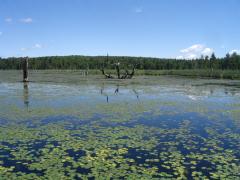
Training dates for this year's Vermont Invasive Patroller trainings, hosted by the Vermont Department of Environmental Conservation, have been set.
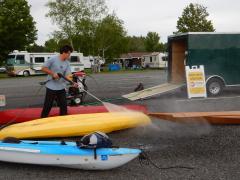
Vermont DEC unveils training schedule for Public Access Greeter Program in 2018.
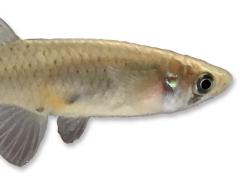
The Vermont Fish and Wildlife Department responded to an angler report of an unusual fish in his bait bucket, and eventually cited a Vermont baitfish wholesaler for illegally importing an unapproved fish species into the state.
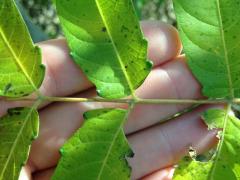
"Ohio is taking a swing at nature’s bullies.
Under new rules that went into effect Sunday, the sale and distribution of 38 destructive, invasive plant species will become illegal.
In its list, the state agriculture department included various types of honeysuckles, Bradford pear trees, autumn olive shrubs and fig buttercup flowers that line freeways, coat forest floors and choke wild spaces across Ohio.........................."
Author Credit: By Marion Renault, The Columbus Dispatch
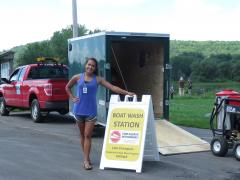
Funding for aquatic nuisance species management projects for the upcoming year is now available through the Vermont Department of Environmental Conservation.
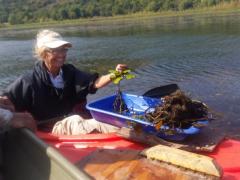
Water chestnut (Trapa natans) is an established invasive plant that, like many other non-native plants, escaped a cultivated life in the 1870’s to spread and grow into new territories beyond the small garden in which it once existed. Lacking any major herbivores to consume the fruit or plant, its growth consumes wide areas of water, creating impassable dense mats. The establishment of this species, if left unchecked, can severely limit boating, fishing, hunting, swimming, and other recreational activities on the water.
Have you seen any of your favorite waterbodies in Vermont become infested with invasive species? Perhaps you have seen water chestnut form dense mats over your favorite place to fish, boat, or swim? This is the reality of invasive species – once introduced to a system they are very difficult to eradicate and control. HOWEVER, do not feel helpless! There are many steps that can be taken by individuals, towns, and organizations to stop new aquatic infestations as well as manage current infestations.